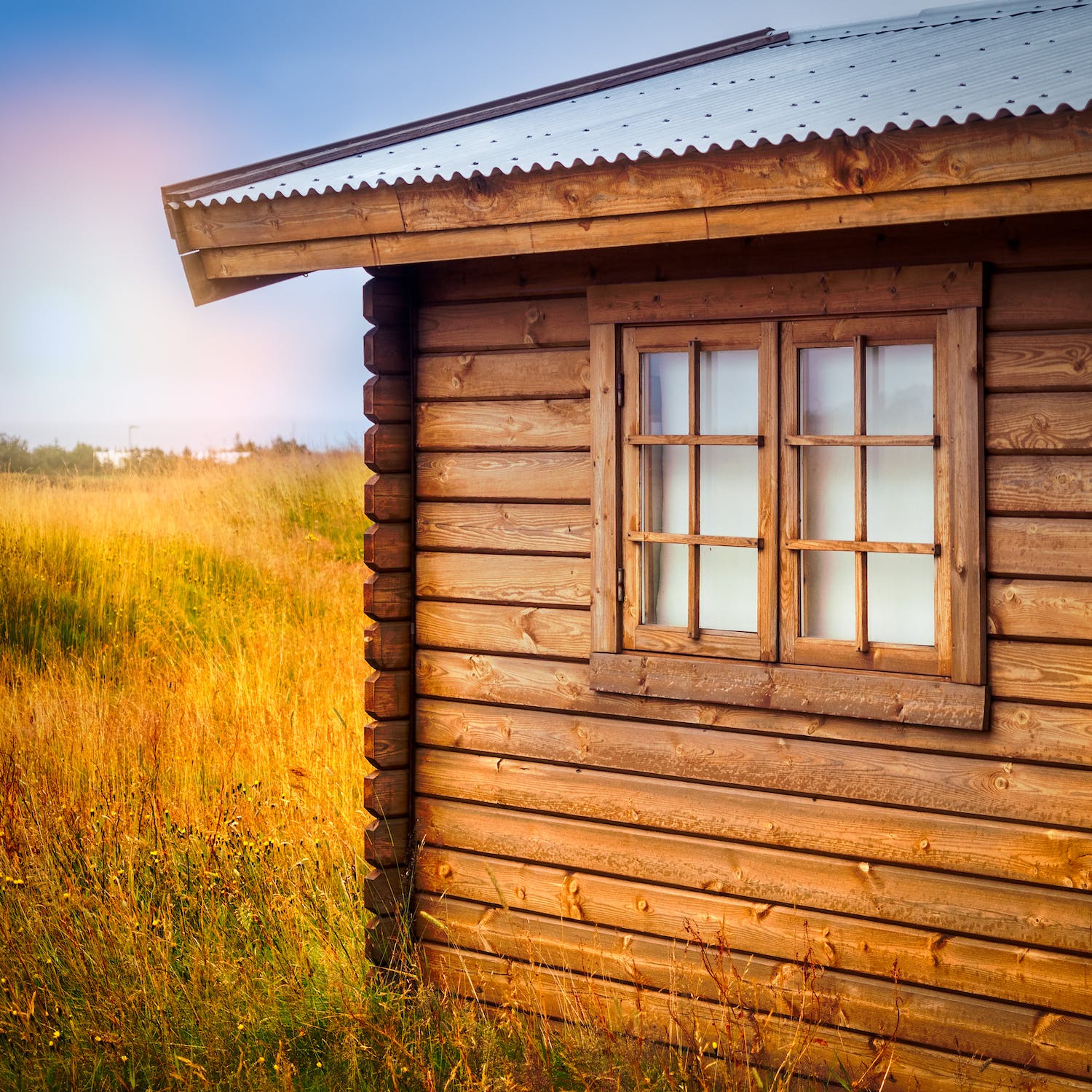How to insulate a summer house

Insulating a summer house can help to create a more comfortable living space and reduce energy costs associated with heating and cooling. With the right insulation materials and techniques, you can keep your summer house warm in the winter and cool in the summer.
In this article, we'll discuss some steps you can take to insulate your summer house.
1. Check for air leaks before you begin insulating your summer house
It's important to check for any air leaks that could undermine your efforts. Common places for air leaks include around doors, windows, and electrical outlets. You can use weatherstripping, caulk, or foam sealant to seal any gaps or cracks and prevent air leaks.
2. Install insulation in the walls and roof Insulation is essential for maintaining a comfortable temperature inside your summer house.
The most common types of insulation include fiberglass batts, blown-in cellulose, or foam insulation. If your summer house has a wall cavity, you can install insulation between the studs. You can also install insulation in the roof or ceiling to prevent heat loss through the roof. If you're not comfortable with DIY insulation installation, you can hire a professional insulation contractor to help with the process.
3. Add insulation to the floors
If your summer house has a raised floor, you can install insulation underneath it to help keep the space warm in the winter. You can use fiberglass batts or rigid foam insulation for this purpose.
4. Install thermal curtains or shades
Thermal curtains or shades can help to reduce heat loss in the winter and keep the space cool in the summer. Look for curtains or shades that are made from insulated materials to help keep your summer house comfortable.
5. Use draft stoppers
Draft stoppers can be used along the bottom of doors to prevent cold air from entering the summer house. You can make your own draft stoppers with fabric and filling material like rice or beans.
6. Consider adding a vapor barrier
A vapor barrier can help to prevent moisture from entering the walls and roof of your summer house. This is especially important if you live in a humid climate. You can install a vapor barrier between the insulation and the interior wall or ceiling.
In conclusion, insulating your summer house is an important step in creating a comfortable and energy-efficient living space. By following the tips outlined in this article, you can help to keep your summer house warm in the winter and cool in the summer. Insulation is a long-term investment that can help you save on energy costs and increase the value of your property.